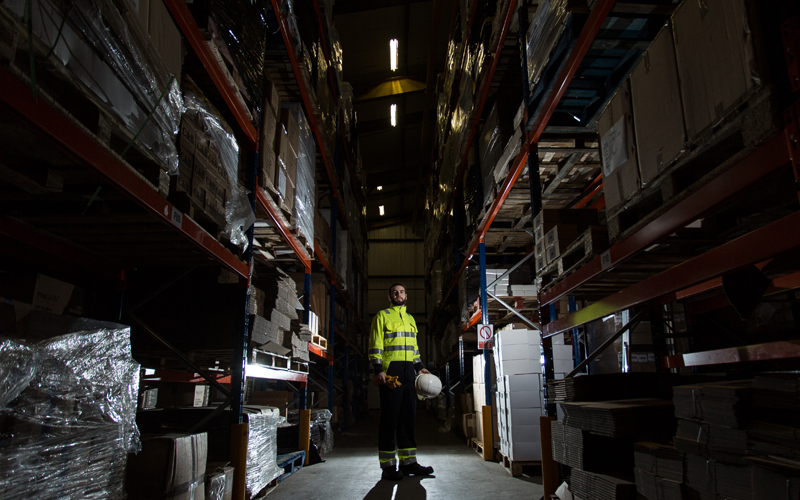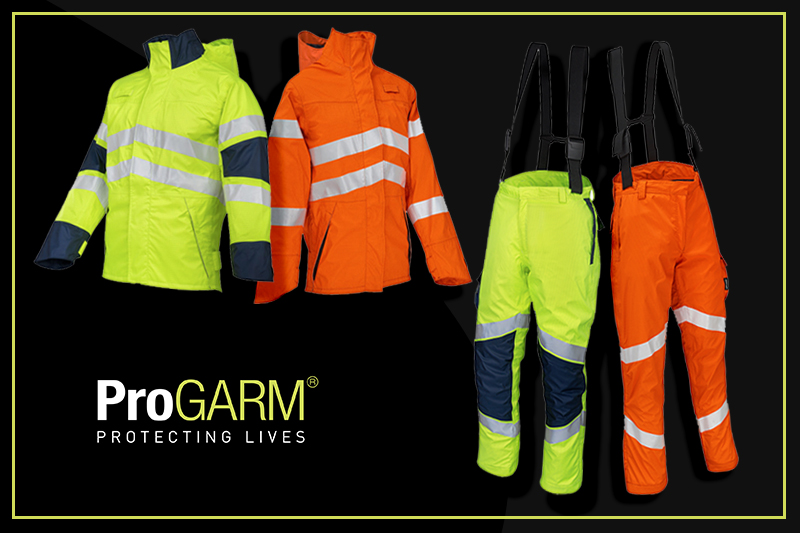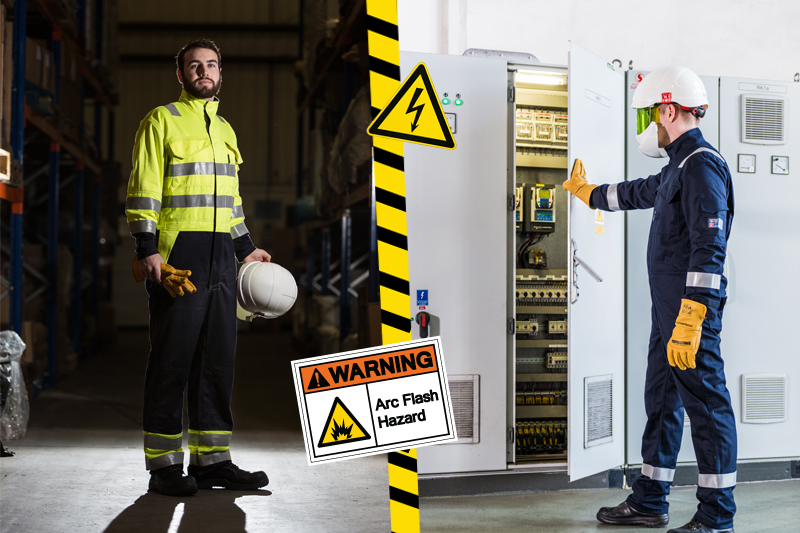Mark Lant, Technical Sales Manager at ProGARM, explains what Arc Flash is, the dangers it poses, and why it’s important for electrical wholesalers to educate their customers about appropriate PPE.
Keeping your customers safe in a dangerous environment could mean the difference between life and death. Below are some common questions surrounding PPE as well as a detailed look at Arc Flash safety.
Can a false sense of security put workers at risk?
Most individuals in the electrical industry are familiar with an Arc – an electric luminous bridge formed in a gap between two electrodes, but its severity and danger is often overlooked, especially with the current technological advances in the sector. Working with extremely high voltages and large currents on a daily basis, means that knowledge around Arc Flash is often higher compared with other industries that are also at risk of the danger. However, it appears that there’s a new danger emerging when it comes to Arc Flash, which takes the shape of a false sense of security.
How does it happen?
An Arc Flash occurs during a fault, or short circuit condition, which passes through an arc gap, and can result in devastating results if the correct equipment isn’t being worn. Arc Flashes can occur for several reasons, and their frequency is somewhat alarming. From being initiated through accidental contact or equipment that is underrated for the available short circuit current, to contamination or deterioration and corrosion of equipment. These are just a few of the many causes of an arc – making the risks higher than many first think.
Technology – friend or foe?
In recent years there have been huge advances in the technology available to detect circuitry faults. These developments mean that it is now possible to identify a short circuit and automatically trip a switchgear to avoid an Arc Flash incident within just fractions of a second.
While such highly effective safety devices are obviously welcomed developments, these advances also pave the way for increased complacency when it comes to further protection. Understandably, the introduction of such technologies means that some workers could be lulled into thinking Arc Flash risks are now mitigated, and no longer a serious threat.
However, no matter how innovative the technologies, with the ever-present risk of a malfunction, it’s vital that teams are still protected by appropriate PPE to provide potentially lifesaving protection in the event of a technology failure.
Last line of defence
An Arc Flash incident has the potential to burn an operative’s skin within fractions of a second, meaning PPE really is the last line of defence for workers. Reaching temperatures of up to 35,000ºF, which is more than four times hotter than the surface of the sun, the extreme heat can instantly burn unprotected operatives, even when situated five or six metres away from the Arc Flash event. Treatment for those that survive an incident can require years of skin grafts, hospital stays and rehabilitation – they may never recover sufficiently to regain their lifestyle, so it’s safe to say that wearing appropriate PPE is key when it comes to Arc Flash safety, and educating customers on the correct protection plays a vital role in this.
To provide the most comprehensive protection, the material used to create the garments should have inherent, rather than treated, fabric to guarantee a long garment life in terms of its protective qualities. Inherent fabric refers to material which has fire-retardant properties as part of its natural make-up. In other words, they needn’t undergo chemical process to become flame-retardant, as is the case with treated fabrics, as the polymers which make up the clothing are inherently so.
However, it’s not just the fabric that needs to be Arc Flash resistant, to provide the ultimate protection, garments should have every stitch, button, popper, zip and press-stud as flame resistant to provide enhanced and effective Arc Flash protection as well as durability.
Protection in layers
When it comes to Arc Flash protection, layering is key. In fact, the clothing worn beneath the outerwear PPE is just as crucial. This is because, while the flames caused by an Arc Flash may not actually come into contact with skin through the protective outer layers, the extreme heat from the event can melt the materials used to manufacture everyday undergarments, including nylon, cotton, and polypropylene. This will inflict burns on an operative and potentially cause non-Arc Flash protective undergarments to melt into the skin underneath their PPE. Therefore, it’s important that customers are aware of this risk, as many may believe that buying simply Arc Flash outerwear will provide sufficient protection, leaving them unknowingly at risk of potentially life-changing, and life-threatening, injuries.
For more information, and to see the range of protective clothing on offer from ProGARM, visit: www.progarm.com





